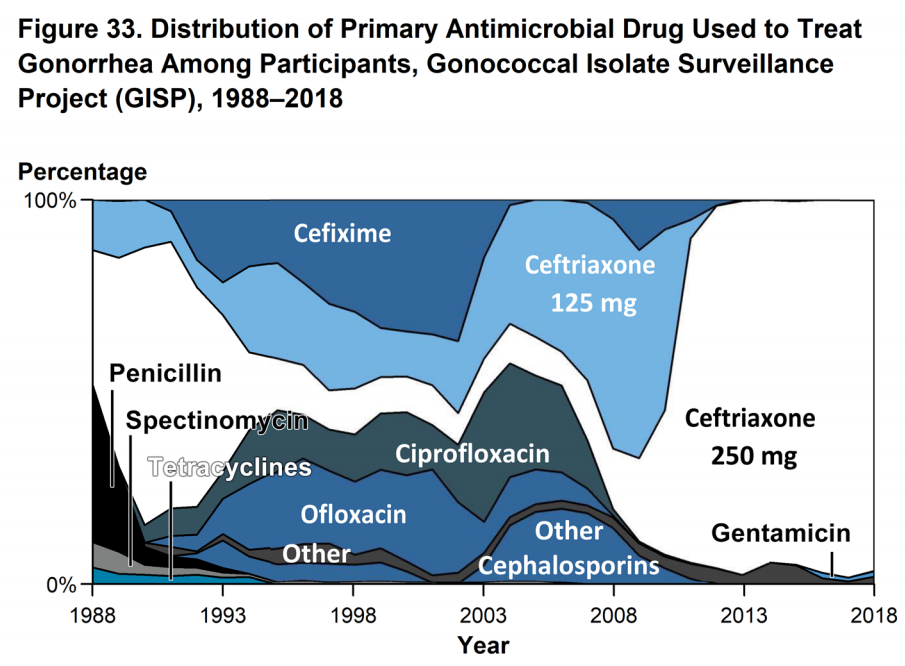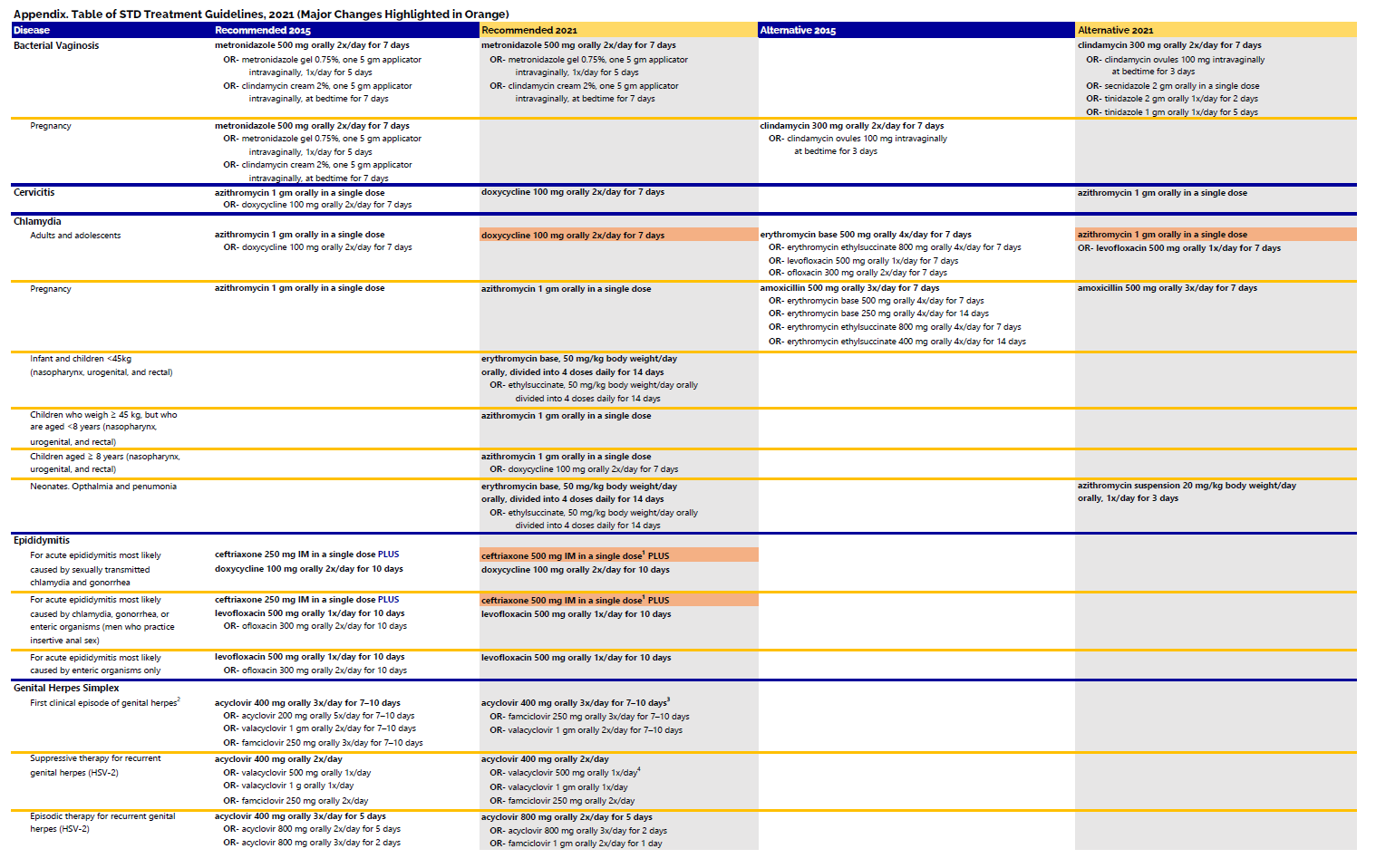Overview
Gonorrhea is the second-highest reportable condition in the nation, behind Chlamydia. With the volume of cases our state sees each year, it is important to ensure we can collect as much information about the patient and their healthcare experience as possible through enhanced surveillance. This includes information on whether the patient was treated or not, what signs/symptoms of the disease they experienced, and any information about the frequency and types of sexual behaviors they practice. This helps inform interventions by public health programs to reduce the risk of STIs in the future. The Indiana Department of Health's Division of HIV/STI/Viral Hepatitis conducts enhanced surveillance on cases of gonorrhea through two, CDC-funded grants: Combatting Antimicrobial Resistant Gonorrhea and Other STIs (CARGOS) and STI Surveillance Network (SSuN).
Below are resources for healthcare providers, local health departments, and the general public related to gonorrhea and the services our programs provide. If you have any questions related to the materials, contact the epidemiologist coordinator.
For more information regarding the updates to the gonorrhea treatment guidelines, check out the recorded webinar below from Healthcare Education and Training (HCET) which features guest speakers from the Centers for Disease Control and Prevention, the Indiana Department of Health, and the Marion County Public Health Department.
History of Resistance
Antibiotic resistance is bacteria’s ability to resist the effects of the drugs used to treat them. Bacteria that become resistant are no longer able to be killed by previously used drugs. Gonorrhea has developed resistance to nearly all of the antibiotics used for its treatment. We are currently down to one last recommended and effective class of antibiotics, cephalosporins, to treat this common infection. This is an urgent public health threat because gonorrhea control in the United States largely relies on our ability to successfully treat the infection.
Gonorrhea is skilled at outsmarting the antibiotics that are used to kill it. For this reason, we must continuously monitor for antibiotic resistance and encourage the research and development of new drugs for gonorrhea treatment.
CARGOS in Indiana
The Combatting Antimicrobial Resistant Gonorrhea and Other STIs (CARGOS) project allows CDC and state and local health departments to monitor trends in antimicrobial-resistant (AR) gonorrhea and other STIs in the U.S. It is intended to strengthen state and local capacity to rapidly detect and respond to threats of resistance. In 2024, Indiana was chosen as one of twenty sites to participate in the CARGOS project.
Project Aims:
The Indiana CARGOS project aims to:
- Strengthen local epidemiologic capacity to detect, monitor, and respond to antimicrobial resistance in STIs.
- Improve coordination of antimicrobial resistance in STI preparedness and outbreak response activities.
- Enhance local laboratory testing for surveillance, reporting, and response.
- Enhance coordination between epi-lab-health information technology.
Partnerships:
In partnership with the Marion County Public Health Department (MCPHD) in Indianapolis, IN, Neisseria gonorrhoeae isolates are collected from the Bell Flower STD Clinic.
Screening tests for gonorrhea are also available at the Bell Flower STD Clinic. If you test positive, a DIS may contact you to come in for treatment and a CARGOS culture sample could be collected at that time. Opting into this test will allow a more comprehensive look at a patient’s infection and ensure the appropriate medication is being used to clear the infection. Speaking with the DIS will also help us understand how resistant gonorrhea is spreading through sexual networks and could aid public health workers in stopping disease transmission in the future.

